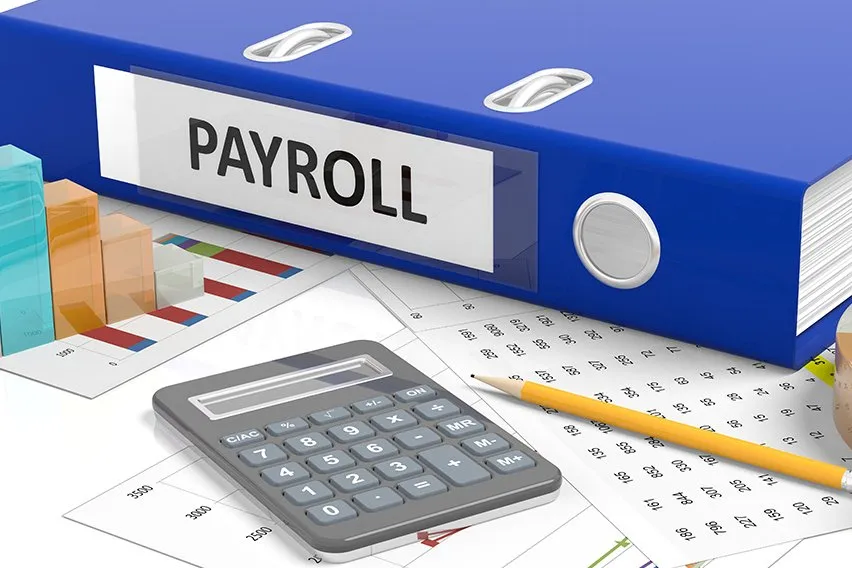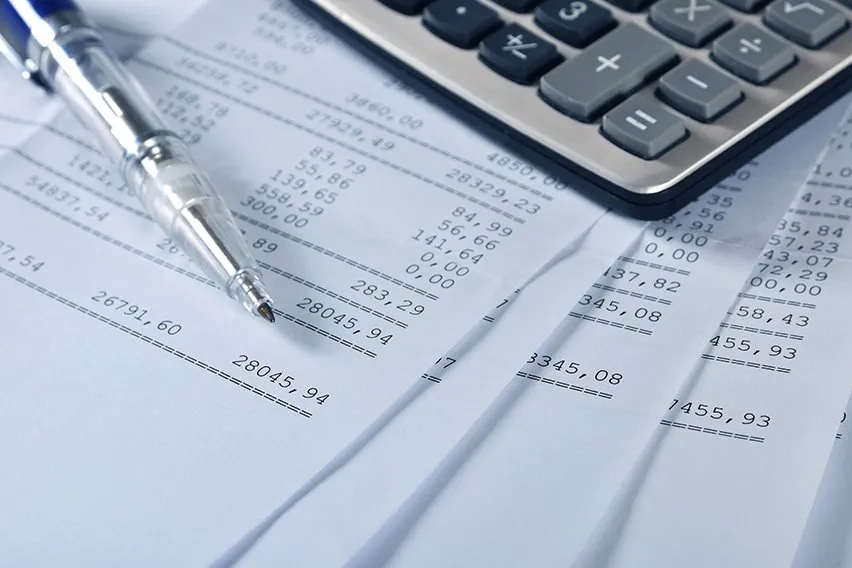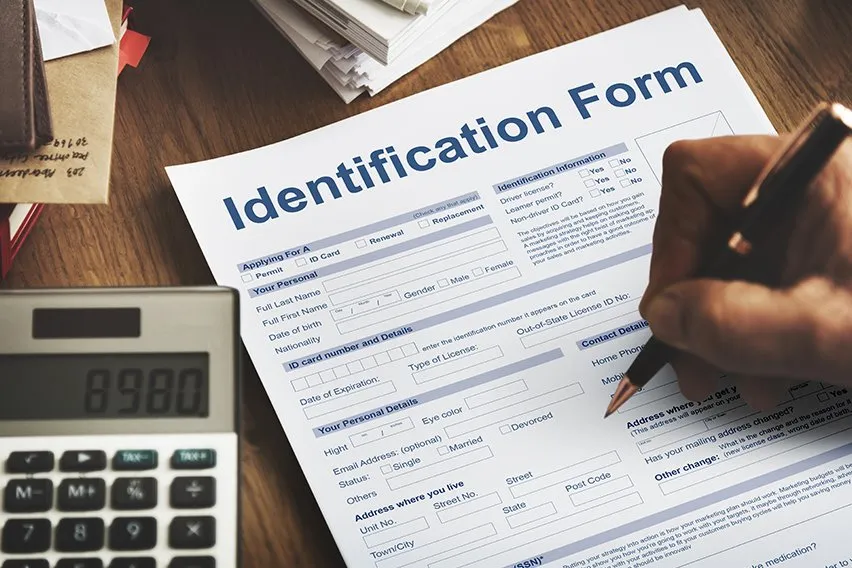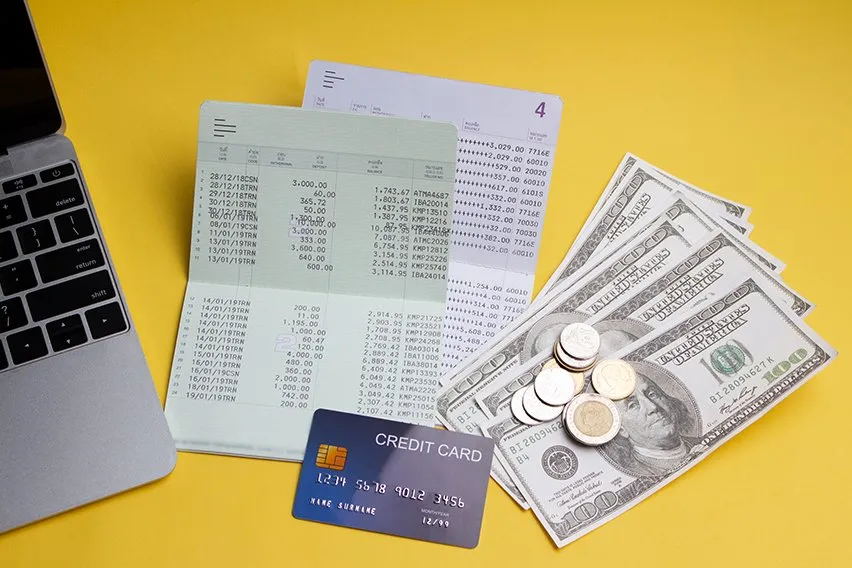What Is the Accounts Payable Process?

The accounts payable department of your business will have a set of procedures to follow before making a vendor payment. Set guidelines and processes at a company are essential because of the value and volume of transactions during any period of time.
The accounts payable process involves:
Receiving the bill: If goods were purchased, the bill helps trace the quantity of what was received. The validity of the vendor bill and their services can be known during this time too.
Review bill details: Ensure that the bill includes vendor name, authorization, date and verified and matching requirements to the purchase order.
Updating records once the bill is received: Ledger accounts need to be updated based on the received bills and an expense entry is usually required. Managerial approval might be required at this stage of review, with the approval hierarchy attached to the bill value.
Making timely payment: All receiving payments should be processed before or at their due date on a bill, as agreed upon between a vendor and a purchasing company. Required documents need to be prepared and verified before payment can be made. Details entered on the cheque, vendor bank account details, payment vouchers, the original bill and purchase order need to be scrutinized. A managerial authorization might be required at this point too.
To make sure a company’s cash and assets are safe, the accounts payable process should have internal management controls to help:
- prevent paying a fraudulent invoice
- prevent paying an inaccurate invoice
- prevent paying a vendor invoice twice
- be certain that all vendor invoices are accounted for
This article will also discuss the following accounts payable process topics:
How to Manage Accounts Payable Effectively?
What Is Accounts Payable on a Balance Sheet?
Procedures and Process: What Do Accounts Payable Do?
The Accounts Payable Process involves nearly all the company’s payments outside of payroll. The mission of accounts payable is to manage and pay only the company’s bills and invoices that are legitimate and accurate.
So, before a vendor’s invoice is entered into a business’ accounting records and scheduled for payment, the invoice must show:
- What was ordered
- What was received
- Proper unit costs, calculation, totals, terms
For a company’s financial statements to be accurate and complete the accounts payable process must also be efficient and accurate. Due to double-entry accounting, an omission of a vendor invoice actually causes two accounts to report incorrect amounts.
If an expense for services is not recorded in a timely manner:
- the liability will be omitted from the balance sheet
- the expense will be omitted from the income statement
If the vendor invoice is recorded twice, there will be two problems as well the liabilities will be overstated and expense will be overstated.

How to Manage your Accounts Payable Process Effectively?
Paying bills is a part of all business no matter what their size. An Accounts Payable department manages incoming invoices and processes payments of those bills. Implementing business and finance procedures to streamline an accounts payable process can streamline an accounts payable process and prepare a company for future growth.
Here are five strategies to help manage accounts payable:
1) INVOICE OVERLOAD: Simplify Your Accounts Payable Process
Reducing the number of check runs (the process of printing checks to pay invoices and posting them in the General Ledger) to twice a month can help you simplify your accounts payable process. When a check run is prepared, invoices should be backed up in the records and approved by appropriate department heads so that payments can be paid in a timely manner.
An accounts payable department should be aware of ceilings for each check run, so they can select the most important invoices to pay. A department that is empowered to make confident business and payment decisions will make the process easier by making decisions like making partial payments on larger balances or delaying payments to vendors who have a higher tolerance on due dates.
2) SAFETY PROCEDURES: Reduce Accounts Payable Fraud
Accounts Payable can be at high-risk for company fraud. Fraud often occurs when a dishonest employee sets up a “dummy vendor”. Invoices for services never provided are created and when a business pays these invoices, essentially, they are paying the dishonest employee and end up losing funds.
Implementing procedures and policies can safeguard your business and mitigate risk. Have a system in place so that the person checks do not also have the ability to set up new vendor accounts. Each vendor account set up should require an explanation to owners and a review of the account prior to creating them.
Proper approval by department heads, separation of duties and spot checks will help reduce the risk of fraud at your company.
3) CHECK DUE DATES: Vendor Terms May Be Negotiable
Usually invoices will come with a payment due date of the next 30 or 60 days. Regardless of the terms given, a company can negotiate terms for unpaid invoices. If a company purchases large volumes on a regular basis, a vendor may offer discounts or special terms. If a company is going to be late with a payment, it is best if they contact the vendor to help maintain the relationship and to see if anything can be negotiated in regards to the late payment. It is crucial to remain courteous during discussions about late payments in order to preserve a long-term partnership. For guidance on following up with a past due invoice, you can refer to our post on Past Due Invoice Letters.
4) Reduce CFO Impact to Verification & Signature
Usually, a Chief Financial Officer (CFO) signs the check but doesn’t assemble the check run. The Accounts Payable department should be running the aging, choosing which invoices to pay, assembling the invoices, printing checks and verifying that all invoices are approved before getting them to the CFO to be paid.
CFO simply checks the invoice amounts against the check before signing. If a company manages cash more actively, let Accounts Payable know up front what their budget for the check run is, so they will know what vendors can wait until the next check run and signing of the bills.

5) USE SOFTWARE TO HELP MAKE PAYMENTS AND PROCEDURES EASIER
Using accounting software to file, manage, and review paid and unpaid invoices can help you analyze your accounts payable easier and reduce errors such as incorrect amounts, entering the wrong check numbers used to pay vendors and paying too early or too late. Enter payment terms for each vendor in which the system can default to, such as Net 30 or Net 60.
Accounting software can make it easier for your business to run aging reports, so you have a better idea of what’s in your company’s pipeline.
What Is Accounts Payable on a Balance Sheet?
A company’s short-term debt or money owed to suppliers, vendors and creditors is an Accounts Payable.
On a balance sheet, Accounts Payable is shown as a Current Liability. It is referred to as “current” because these debts are due to be paid within a year or less.
RELATED ARTICLES


 Is Retained Earnings an Asset?
Is Retained Earnings an Asset? Payroll System: What It Is and How It Works
Payroll System: What It Is and How It Works How to Make Adjusting Entries
How to Make Adjusting Entries How to Correct Accounting Errors—and 7 of the Most Common Types
How to Correct Accounting Errors—and 7 of the Most Common Types Single Entry System Accounting: an Introduction
Single Entry System Accounting: an Introduction What Are Accrued Expenses? Definition and Examples
What Are Accrued Expenses? Definition and Examples